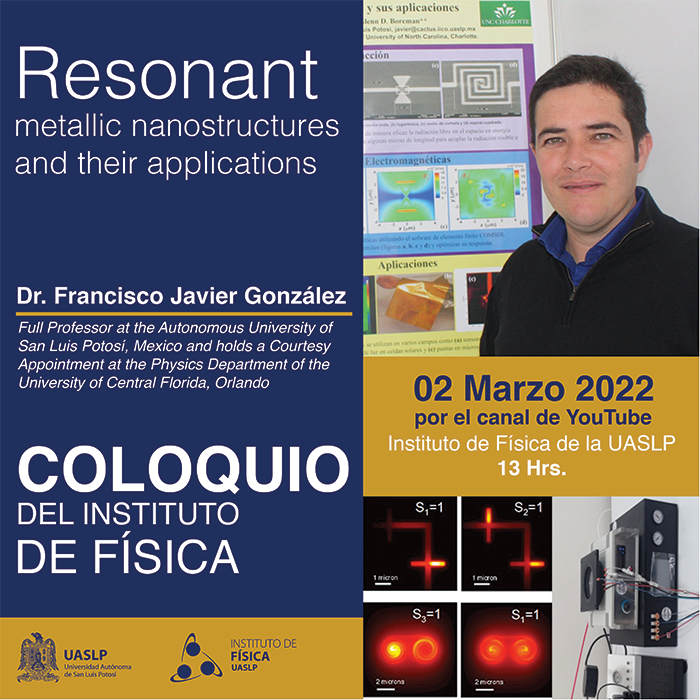
Liga YouTube
https://www.youtube.com/channel/UCijcZAcDo1Ih5u9e8kiFP3g
Abstract: In this talk I will present some of the work I have been involved in over a 20 year period, on resonant metallic nanostructures, beginning with the development of high-speed antenna-coupled bolometers for infrared imaging applications and later applying a similar principle for solar and thermal energy harvesting using the concept of Seebeck nanoantennas. I will also address some tangential applications of resonant nanostructures such as polarization detectors and dual-wavelength detectors as well as some methods for increasing the sensitivity of these devices and will conclude with some new nanoantenna designs as well as some alternative fabrication methods that are being explored.










